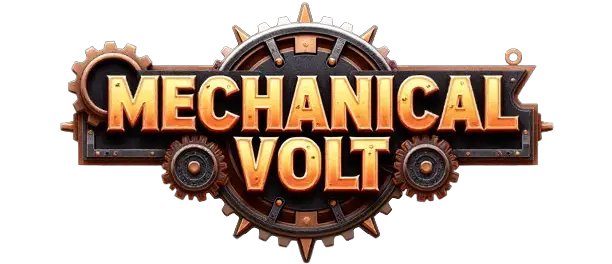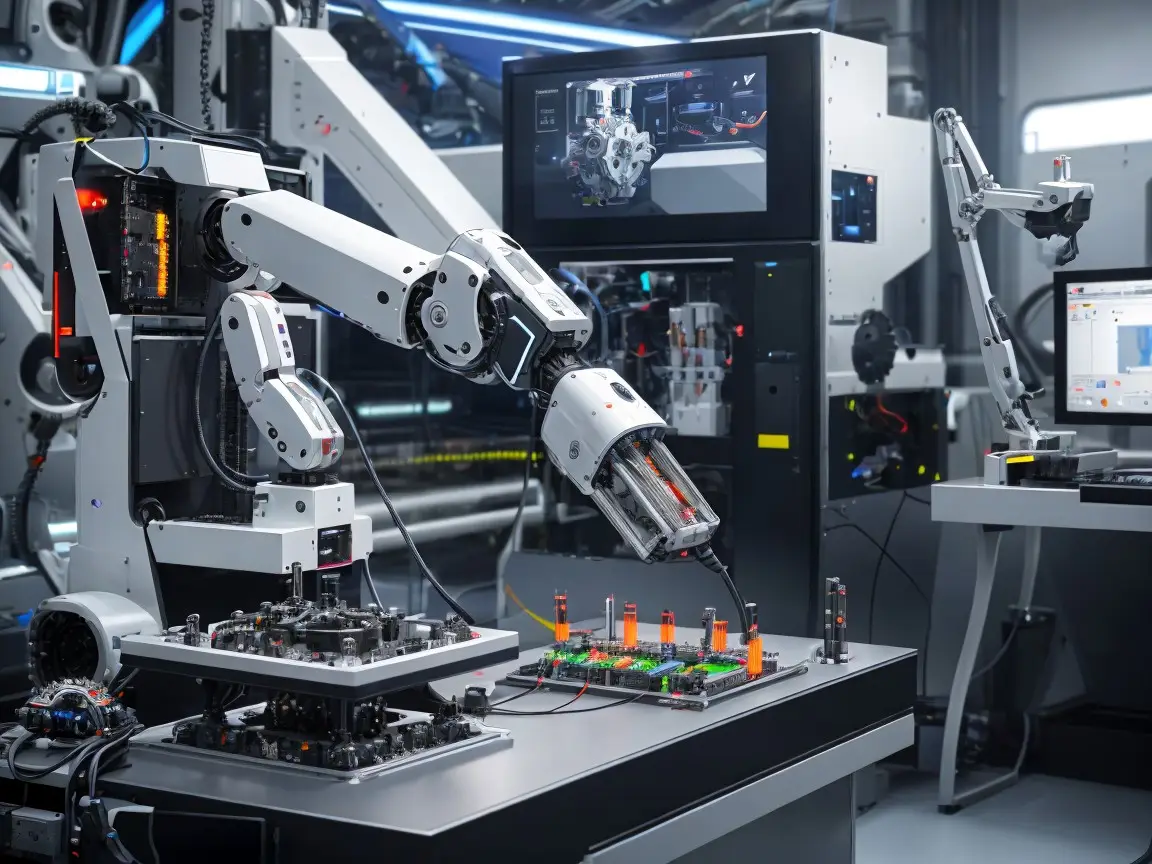In today’s fast-paced technological world, mechatronics stands at the crossroads of mechanical engineering, electronics, computer science, and control systems. As a multidisciplinary field, mechatronics is driving innovation across industries—from robotics to automation and even medical devices. In this article, we will explore what mechatronics is, why it’s essential, and how it is shaping the future of engineering and technology.
1. What is Mechatronics? 🤖🔩
Mechatronics is the fusion of several engineering disciplines to create smarter, more efficient systems. It combines mechanical systems with electronics, computer science, and control engineering to design products or processes that are both innovative and functional.
A classic example of mechatronics is the robotic arm in a manufacturing plant. The mechanical arm itself is just a set of moving parts, but when combined with sensors, actuators, and controllers, it becomes a precise, automated tool that can perform tasks autonomously.
Key Components of Mechatronics:
- Mechanical Design: Structural components, motors, gears, etc.
- Electronics: Sensors, actuators, power systems.
- Control Systems: Algorithms that guide the actions of the system.
- Computer Science: Software that integrates and drives the mechanical components.
2. The Evolution of Mechatronics: From Automation to AI 🤖⚙️
Historically, mechatronics began as a way to enhance traditional mechanical systems. In the 1960s, the demand for automated processes in manufacturing gave rise to the concept of mechatronics. Today, it has evolved into a more complex system that integrates artificial intelligence (AI) and machine learning (ML) to make autonomous decision-making a reality.
Applications in Modern Systems:
- Robotics: From industrial robots on production lines to service robots in healthcare, mechatronics enables machines to interact with their environment intelligently.
- Smart Factories: Industry 4.0 leverages mechatronic systems to create intelligent production lines that adapt and optimize based on real-time data.
- Consumer Electronics: Devices like smartphones and drones integrate mechatronic systems for improved performance and functionality.
3. Mechatronics in Robotics: Transforming Industries 🤖💼
In the realm of robotics, mechatronics is the backbone that powers everything from industrial robots to personal assistants. These robots rely on mechanical parts, electrical circuits, software, and control systems to carry out tasks with high precision and efficiency.
Robotic Process Automation (RPA):
In industries like manufacturing, logistics, and healthcare, robots are automating repetitive tasks, reducing human error, and increasing productivity. Collaborative robots (cobots), in particular, are working alongside humans, making processes safer and more efficient.
Example: A warehouse robot can autonomously scan shelves, pick items, and transport goods—all while interacting seamlessly with human workers and other robots in the system.
4. Mechatronics in Healthcare: Precision Meets Innovation 🏥🔬
In healthcare, mechatronics plays a crucial role in improving medical devices and surgical techniques. Systems such as robotic-assisted surgery or automated diagnostics provide precision, consistency, and real-time data analysis, enhancing patient outcomes.
Example: The Da Vinci Surgical System is a mechatronic marvel, allowing surgeons to perform minimally invasive surgeries with enhanced precision. It combines robotics, control systems, and computer software to enable fine movements in complex procedures.
Key Healthcare Applications:
- Prosthetics: Mechatronics enables the development of bionic limbs, offering patients more natural movement and functionality.
- Exoskeletons: Wearable robots that assist patients with mobility impairments are advancing rapidly, helping them regain independence.
- Medical Imaging: Mechatronic systems improve diagnostic imaging equipment like MRI machines, enhancing accuracy and speed.
5. Future Trends: Mechatronics, AI, and the Internet of Things (IoT) 🌐🤖
The future of mechatronics is intertwined with artificial intelligence (AI) and the Internet of Things (IoT). As smart systems become more connected, mechatronic systems will gain the ability to communicate with each other, analyze massive datasets, and make autonomous decisions.
Emerging Trends:
- AI-Powered Robotics: The integration of AI with mechatronic systems will enable robots to perform tasks with increasing autonomy, adapt to new environments, and learn from experience.
- IoT Integration: Mechatronic systems will connect seamlessly to IoT devices, creating an interconnected world where everything from home appliances to industrial machines communicates and optimizes itself automatically.
- Autonomous Vehicles: Self-driving cars and drones will rely heavily on mechatronics for navigation, decision-making, and control.
6. The Role of Mechatronics in Sustainability 🌍🔋
With sustainability becoming a priority in every sector, mechatronics offers solutions to optimize energy usage and reduce environmental impact. For example, mechatronic systems in smart grids can optimize the distribution of energy, while automated systems in factories can reduce waste and improve efficiency.
Sustainable Applications:
- Energy-Efficient Buildings: HVAC systems and lighting can be controlled using mechatronic systems that adapt based on real-time data, reducing energy consumption.
- Renewable Energy: Mechatronics plays a role in improving the efficiency of solar panels and wind turbines by optimizing their performance through real-time monitoring and control.
Conclusion: Shaping the Future with Mechatronics ⚙️🚀
The fusion of mechanical engineering, electronics, computer science, and control systems has created a powerful interdisciplinary field that is driving advancements across a wide range of industries. From smart factories and robotics to medical devices and sustainable solutions, mechatronics is shaping the future of engineering. As AI, machine learning, and the IoT continue to evolve, mechatronic systems will become even more intelligent, adaptive, and integrated into every facet of our daily lives. The possibilities are endless—mechatronics is truly at the heart of the next wave of technological innovation.
Internal Links:
External Links:
- Learn more about Mechatronics at MIT.
- Explore AI in Robotics from IEEE Robotics & Automation Society.

